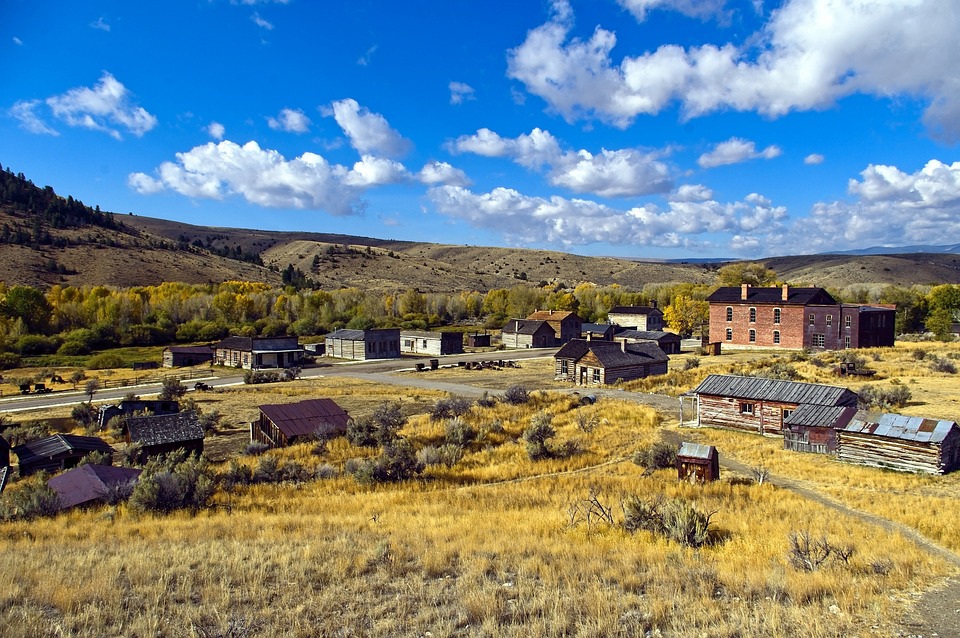Empowering Communities through the Preservation of Cultural Legacy
Cultural legacy is the cornerstone of any community. It represents the collective knowledge, traditions, and practices that have been passed down through generations. Preserving this cultural heritage is essential not only for maintaining a sense of identity and belonging but also for empowering communities to thrive. When communities take charge of preserving their cultural legacy, they are able to harness their unique strengths and resources to drive social and economic development.
The Importance of Cultural Preservation
Preserving cultural heritage is important for several reasons. Firstly, it serves as a link to the past, allowing future generations to understand where they come from and how their ancestors lived. This connection to history fosters a sense of pride and identity, which is crucial for building strong and resilient communities.
Secondly, cultural heritage often holds valuable knowledge and skills that can be passed down to future generations. Whether it’s traditional crafts, agricultural practices, or storytelling traditions, preserving these skills ensures that they are not lost forever. This knowledge can also be harnessed for economic development, as communities can leverage their unique cultural assets to attract tourists and create sustainable livelihoods.
Empowering Communities through Cultural Preservation
When communities take the lead in preserving their cultural heritage, they are able to empower themselves in several ways. Firstly, by preserving their traditions and customs, communities can assert their autonomy and resist the forces of globalization that often threaten to homogenize cultures and erase diversity.
Furthermore, preserving cultural heritage allows communities to take control of their own narratives and challenge stereotypes and misconceptions that may have been perpetuated by outsiders. By showcasing their unique cultural traditions and practices, communities can create a more accurate and nuanced representation of who they are.
Additionally, cultural preservation can be a powerful tool for social and economic development. By leveraging their cultural assets, communities can create opportunities for entrepreneurship, job creation, and economic growth. Whether it’s through cultural tourism, heritage preservation projects, or artisanal crafts, communities can harness their cultural legacy to drive local development and improve quality of life for residents.
Challenges and Solutions
Preserving cultural heritage is not without its challenges. Many communities face threats such as environmental degradation, urbanization, and cultural appropriation that can erode their cultural legacy. Additionally, economic pressures and lack of resources can make it difficult for communities to prioritize cultural preservation efforts.
One solution to these challenges is community-led preservation initiatives. By engaging local residents in the process of preserving their cultural heritage, communities can build a sense of ownership and commitment to the cause. This can help mobilize resources, create volunteer opportunities, and foster a sense of collective responsibility for safeguarding cultural legacy.
Another solution is to leverage technology and digital tools to document and preserve cultural heritage. Digital archives, virtual tours, and online exhibitions can help reach a broader audience and make cultural heritage more accessible to people around the world. By digitizing cultural resources, communities can ensure that their legacy is preserved for future generations.
Examples of Empowered Communities
There are many examples of communities that have successfully empowered themselves through the preservation of their cultural legacy. One such example is the Maasai tribe in Kenya, who have used their traditional knowledge of pastoralism to create sustainable livelihoods through ecotourism and conservation projects.
Another example is the city of Charleston, South Carolina, which has preserved its historic architecture and cultural traditions to drive economic development through heritage tourism. By showcasing its unique heritage, Charleston has attracted millions of visitors each year and created jobs and business opportunities for local residents.
These examples demonstrate the power of cultural preservation to empower communities and drive social and economic development. By valuing and celebrating their cultural heritage, communities can unlock their full potential and create a more vibrant and resilient future.
Conclusion
Preserving cultural heritage is essential for empowering communities and ensuring their long-term sustainability. By taking charge of their cultural legacy, communities can assert their autonomy, build a sense of identity and belonging, and drive social and economic development. Through community-led preservation efforts and innovative solutions, communities can unlock the full potential of their cultural assets and create a more inclusive and vibrant future for all.
